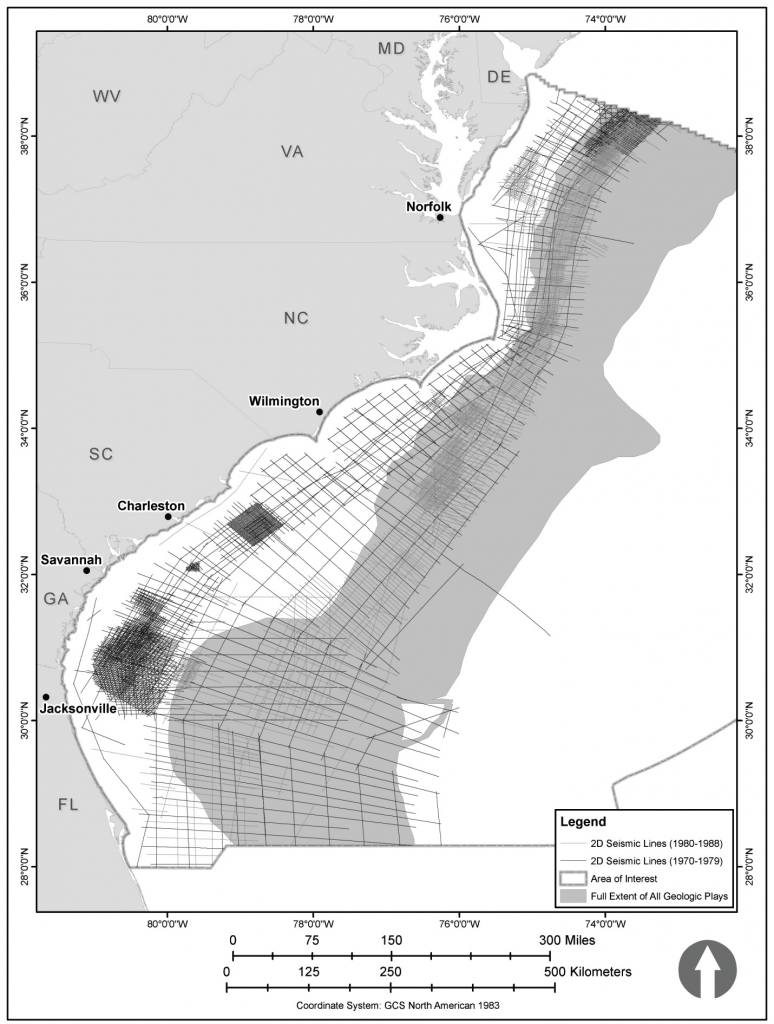http://blogs.browardpalmbeach.com/pulp/2014/04/big_cypress_swamp_advisory_com.php
Broward Palm Beach
By Fire Ant Tue., Apr. 1 2014 at 8:51 AM
Environmentalists took heart yesterday when a Texas oil company’s request for official permission to drill deep into the Big Cypress watershed got a thumbs-down from an arm of the Department of Environmental Protection.
How great was the enviros’ victory remains to be seen, however. Yesterday’s panel, the Big Cypress Swamp Advisory Committee, has no veto power, and the well has already won preliminary approval from the DEP. The enviros’ hopes now rest with state administrative law Judge D.R. Alexander, who must rule on legal challenges to the permit and who has indicated an interest in the advisory committee’s opinion.
The well is a project of the Dan A. Hughes Co. of Houston and would occupy but a small part of the 115,000 acres of mineral rights the company has leased from Collier Resources. Collier is the deepest pockets the enviros are up against ultimately, the owners of more than 800,000 acres of mineral rights in Southwest Florida.
Up in arms over the Hughes proposal is Preserve Our Paradise, a group of Collier County citizens’ whose homes are not far from the well site and who are lead petitioner in the administrative challenge to it. Their concerns center on air and groundwater pollution, traffic congestion, and hazardous waste. They and their supporters attended yesterday’s hearing en masse, according to media reports, peppering the panel with statements and questions and cheering the final 3-1 vote.
Also party to the administrative challenge is Matthew Schwartz, of the South Florida Wildlands Association. His special concern is the project’s impact on the Florida panther, whose habitat it adjoins. “There may be 100 to 160 Florida panthers remaining,” Schwartz told New Times. “And the 160 is a high-end estimate. They’re living in a very small area for a big cat with a big range, so even without the intrusion of the oil industry, their fate looks grim.”
One of those in attendance yesterday, Dr. Karen Dwyer, a leader in the citizen activist group Stone Crab Alliance, described the advisory committee’s vote as “something to smile about.”
“The exact wording of the denial is something to look for when it comes out,” Dwyer wrote on the group’s Facebook page. “It’s historic in holding Collier Resources accountable and in citing a statute that includes cumulative impacts to water, wildlife and more… A tiny victory, but a victory nonetheless that will spend a powerful message!”
See also:
– Oil Companies Are Planning to Drill in Florida Panther Habitat
Special thanks to Richard Charter
